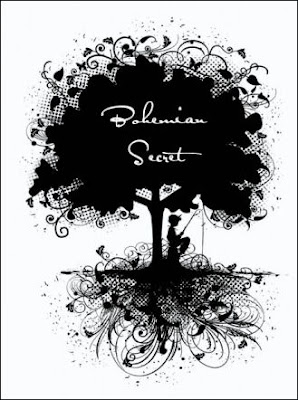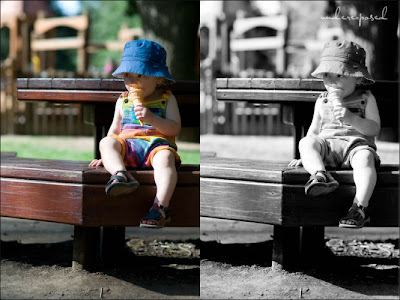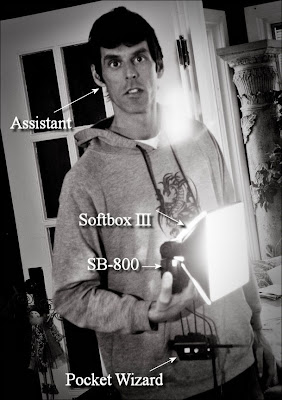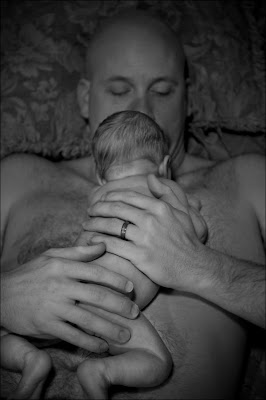We are proud (excited, giddy, nervous) to announce that Weekly Photo Tips will be teaching it's first all day seminar on Sunday May 31st!(in my mind people are now jumping to their feet, clapping, whistling, and hooting their heads off)
;)The goal of the workshop is two fold, first to give you the knowledge and confidence to control your camera (not it controlling you), to get it off "P" and capture the image you see (not what auto settings of your camera thinks you see), second is to show how to use simple everyday stuff you may already own to aid you in capturing that image, so that you don't have to go out and buy those expensive accessories.
Here are the details (as we have them so far):
Date: May 31st 2009
Location: North Dam Mill - Biddeford Maine
Schedule:8am – Registration
8:30am – Seminar begins
12:00 – Break for lunch
12:45 – Return from lunch and organize for afternoon shooting
1:00 – Shooting begins @ 3 different workstations / setups
4:00 – Q&A session
5:00 – Seminar ends
Morning Curriculum:1. Intro
2. How a camera works
3. Equipment – flash, lenses, filters, PC cables, cactus wireless triggers, pocket wizards, snoot, diffuser, grid, other light modifiers, other light modifiers, diffusers, reflectors, light stands, umbrellas, rechargeable batteries.
4. Defining exposure (general explanation)
5. Shutter Speed
6. Aperture
7. ISO
8. Lighting
9. DIY (low cost, no cost) projects & how to use them - Snoots, grids, tricking out your Cactus wireless triggers, building a beauty dish, V-Cards, using rechargeable deer lights, soup container diffuser, building lighting tent, etc.
Break for lunch
Afternoon Shooting (3 stations):1 – Shooting station with natural (window) light, reflectors, diffusers
1 – Shooting station with two speedlights
1 – Shooting station with halogen work lights
Cost: $175
Each attendee will also get a thumb drive containing all of the information we cover in the seminar (for future reference), photography projects, a list of recomended reading, a bazillion links to photography and DIY sites, and much, much more.
Every attendee will also leave with a gift from one of our sponsors, which currently includes
Lumiquest,
Kubota Image Tools,
PRESSLite, and
Power PAX.
The signup page has not yet been completed so if you want to reserve your spot now simply
drop us an email and we will save your seat and contact you when the registration form is available.

 3. Carolyn Wright (aka the Photo Attorney) has posted several times this week about photo contests grabbing exclusive image rights from those who enter their contest(s), this would include Oprah Winfrey.
3. Carolyn Wright (aka the Photo Attorney) has posted several times this week about photo contests grabbing exclusive image rights from those who enter their contest(s), this would include Oprah Winfrey.
















































